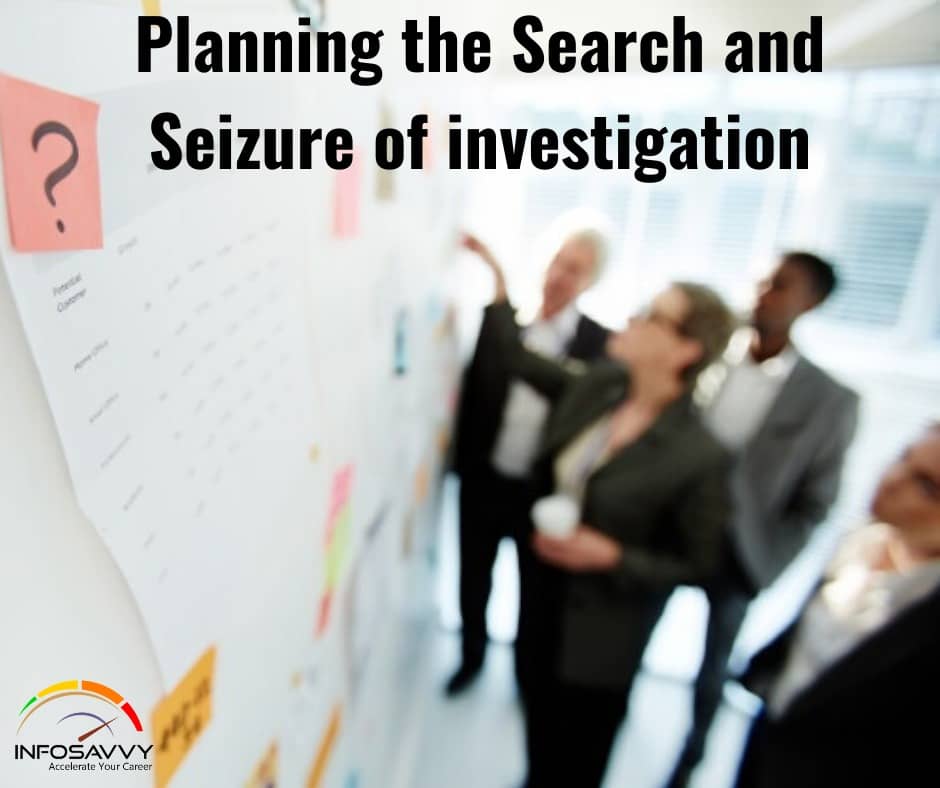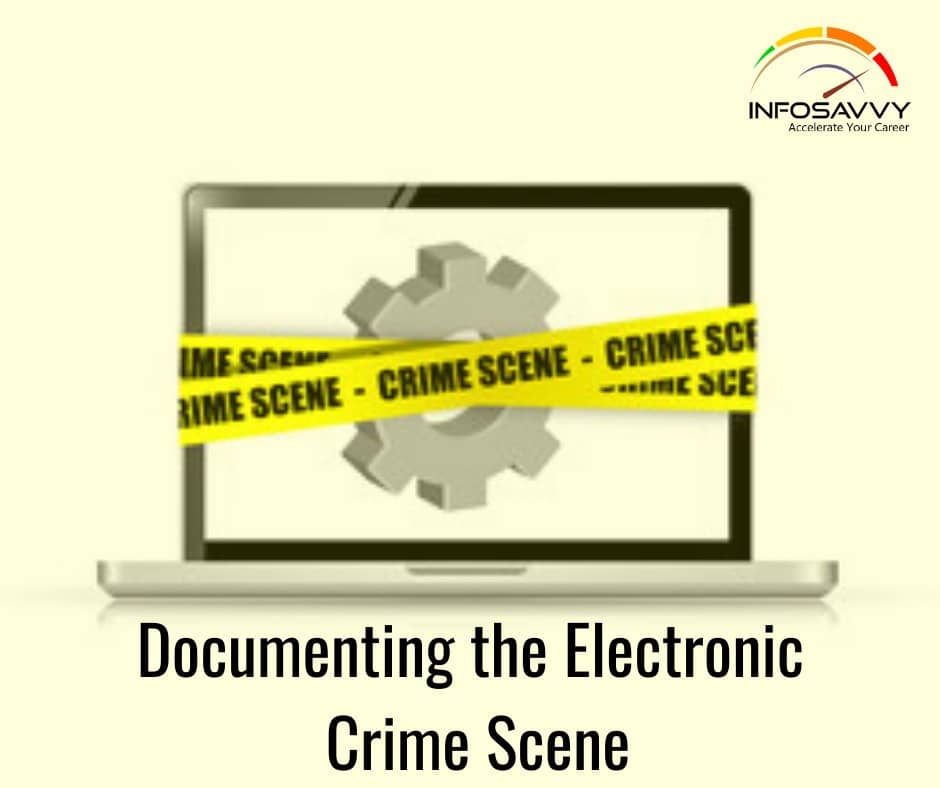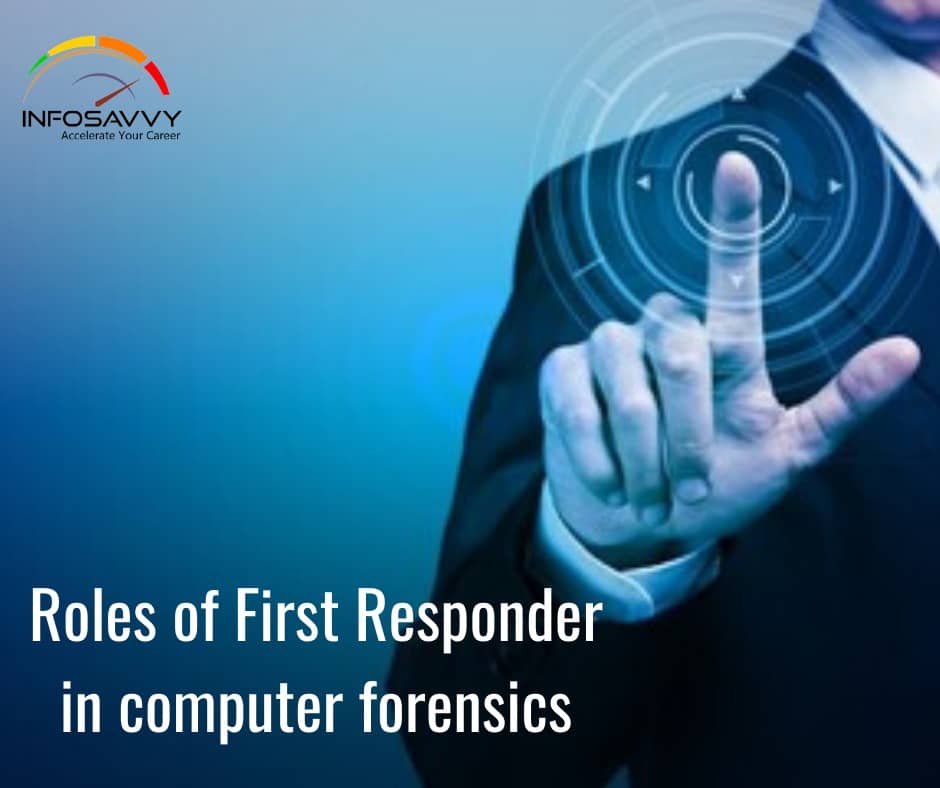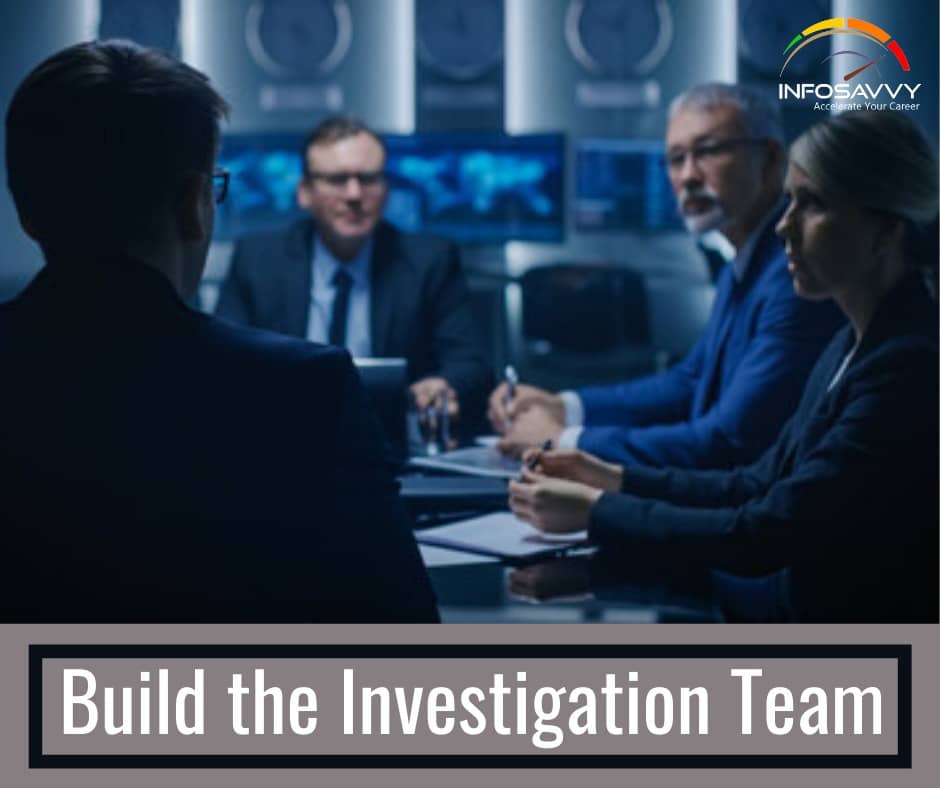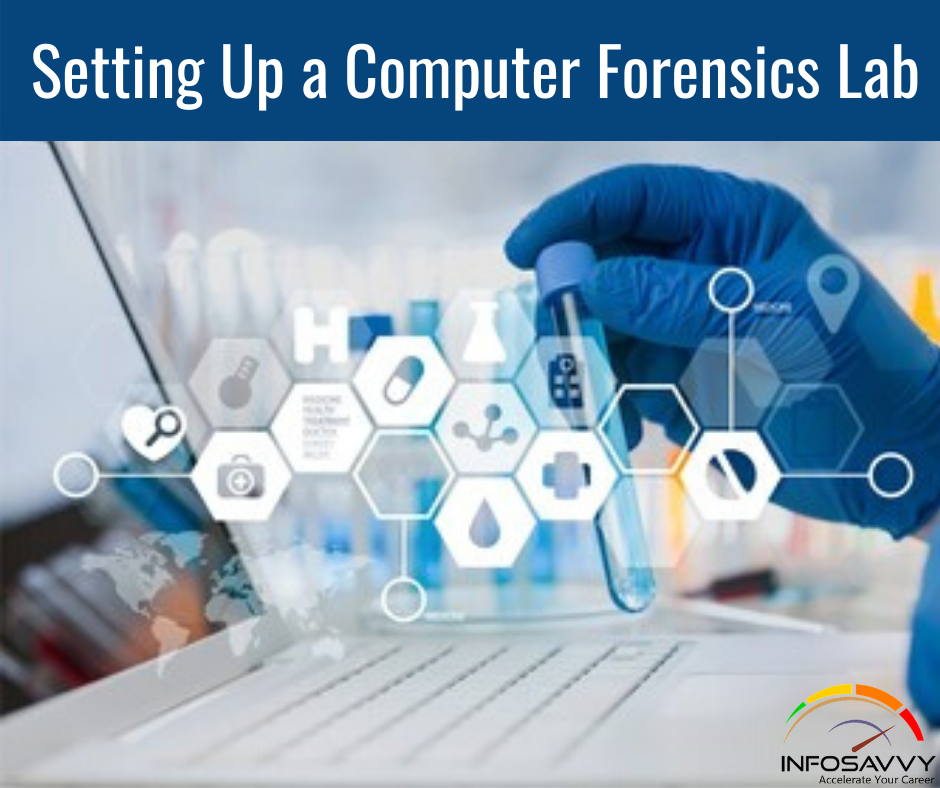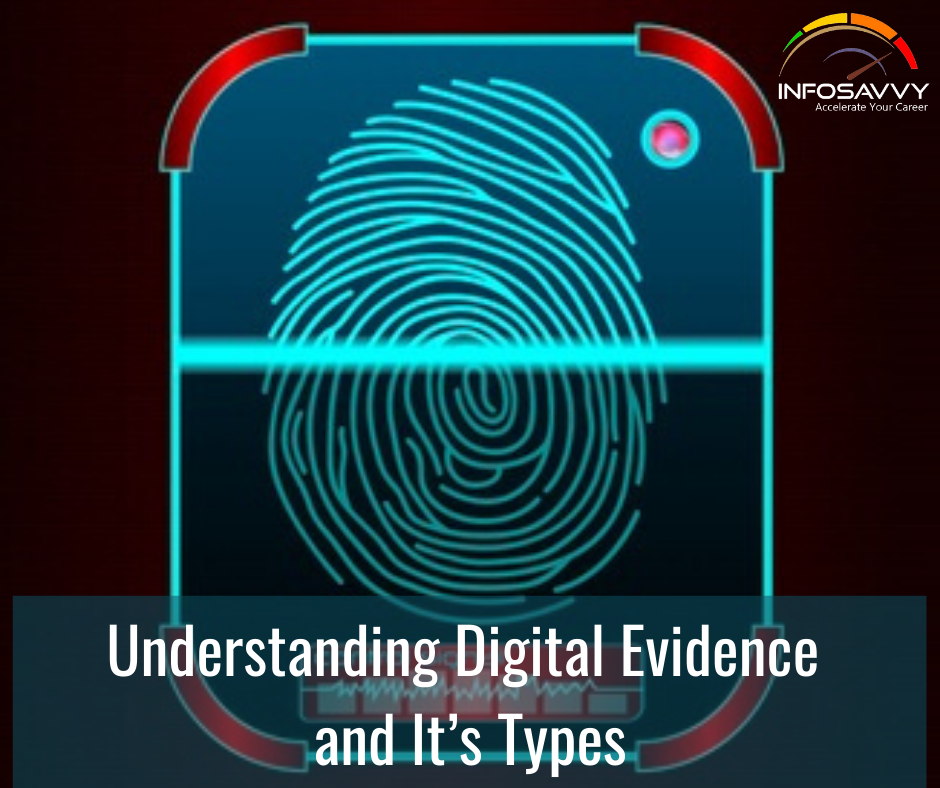Planning the Search and Seizure of investigation
Planning the Search and Seizure of investigation in this investigators need to design a strategic process to conduct the search and seizure process after analyzing the crime scene. This will help them distribute tasks between the team members to complete the seizure and allow the team to use time and tools in a well-defined manner. Initial Search of the Scene Once the forensic team has arrived at the scene and unloaded their equipment, they will …
Planning the Search and Seizure of investigation Read More »

